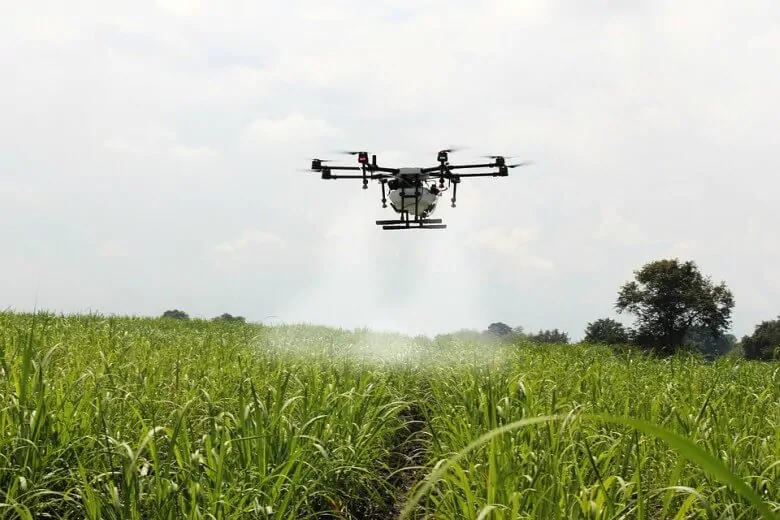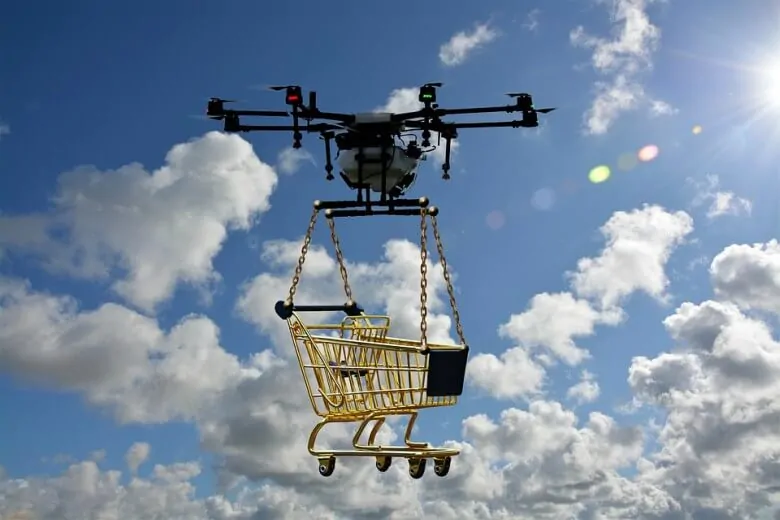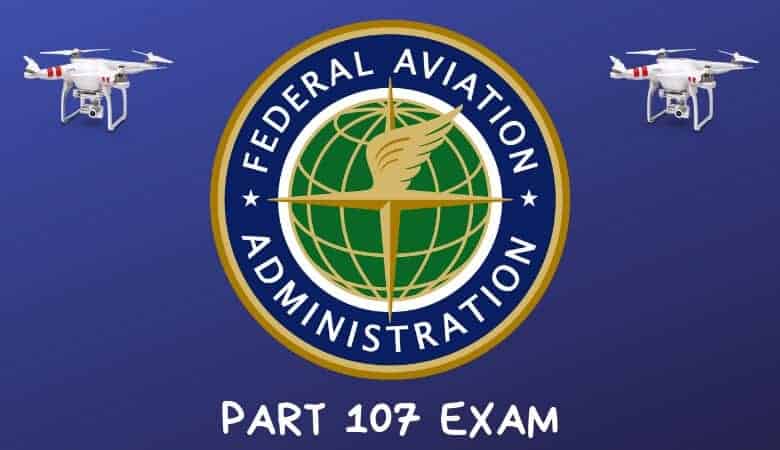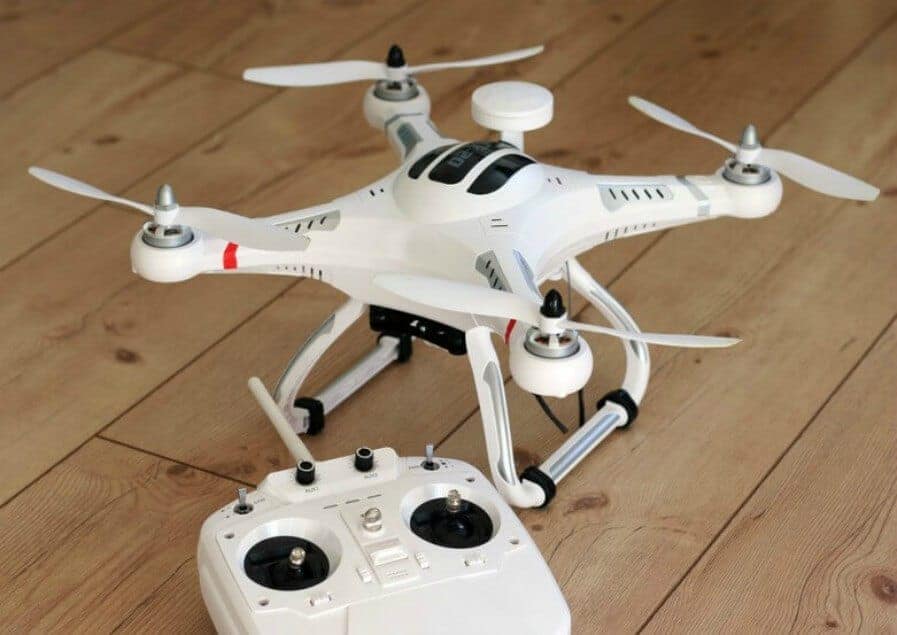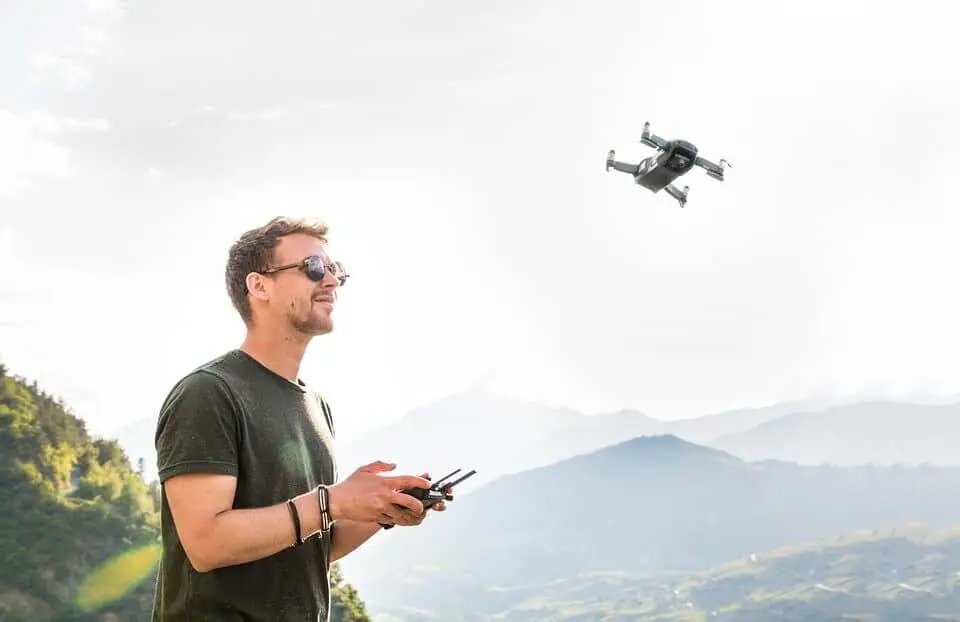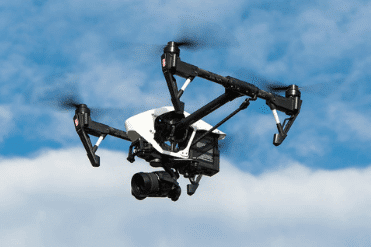The drone industry has experienced an incredible influx of interest, with the number of unmanned aerial vehicles increasing at a drastic rate.
While all this is good news, right from the drone manufacturing, to drone retailers, to industries which can use these drones for financial or tactical gains all these advancements raise a number of questions with one of them being, is there a need to regulate the ownership and use of drones?
Truly, there is no a ‘Yes’ or ‘No’ answer to this question since requirements and regulations differ from one location to another where the drone is been flown as well as the intended purpose.
In this article, we will discuss issues surrounding drone licensing and ultimately the steps towards successfully licensing your drone.
Reasons for Flying a Drone
There are quite a number of reasons as to why one can fly a drone; nonetheless, the major reasons happen to be for recreational purposes or commercial purposes.
It’s also important to note that the Federal Aviation Administration (FAA) has clearly provided clear guidelines regarding licensing for both recreation and commercial drone usage. Similarly, if you fly your drone indoors, then you don’t need to have a remote pilot’s license or even register your drone with the FAA.
If it happens you fly your drone outside for recreational purposes, then you will need to register your drone if it weighs more than 0.55 pounds. Fortunately, according to FAA, recreational pilots are not required to register or rather acquire licenses for their drones apart from meeting the weight requirements.
The FAA also allows one to fly their drone for recreational purposes if they are monitored by individuals with valid remote pilot licenses. However, the FAA has set a number of restrictions to which these recreational drones are to be operated, and the restrictions or such flights are as follows;
You must register your drone as an unmanned aerial vehicle.
You must adhere to the FAA Small UAS Rule; part 107
If you are flying your aircraft in a field, park or other areas where manned aircraft are not constantly passing, and there is no immediate threat to people or power lines you do not need a remote pilot’s license, but you need to register your drone.
On the other hand, if you are flying your drone for commercial purposes, then you are required to register your drone and at the same time acquire a license for it. For starters, you need to register your drone and at the same time obtain an airworthiness certificate for your drone.
Ideally, this certification is required for insurance purposes, and apart from that, you are required to follow all federal, state and local laws that revolve around operating a UAV and which include details like:
Recording capabilities.
Distance from federal buildings, schools, banks among others.
As well as obtaining a remote pilot license.
If the drone or the pilot are coming from a different country, then they must apply for a waiver exemption to operate the drone commercially.
Today commercial drone operations are becoming popular as well a big business thus more reasons that there is a need to regulate them as well tightening up the adherence to laws as well standards. It’s important that these standards and laws are tightened since today drones are reinventing old businesses and creating brand new businesses and they are widely applied in agriculture, architecture, delivery, emergency services, media among other sectors.
Requirements for Drone licensing
After getting a glimpse of the various applicability of drones its important to understand the various requirements for licensing a drone which is summarized below as per the FAA requirements:
You must be of 16 years and above
You must be of sound mind so as to operate your UAV safely
You must have a valid government-issued identification
Make a test appointment with any UAV/FAA approved test center and pass the test
Pay an amount of $150 to the testing company
You must pass the test
After passing the test, you can make an application for the remote pilot certificate
Lastly, you must perform a full background check with TSA
After you are done with the test, the FAA requires you to print out the remote pilot certificate that acts as a temporary certificate until you receive the original one. Whether you register your drone after this process or not is completely up to you; however, it’s highly advisable that you register it before you receive the original certificate so that you are ready to go once the license is issued.
Additionally, once you receive your license, you are required to keep it up-to-date by passing a recurrent aeronautical knowledge test which is carried out every 24 months. You should also be available to FAA upon request. Reporting of any accidents to the FAA within a period of 10 days is also crucial. Lastly, you are required to conduct a pre-flight inspection to ensure safe operation.
Cost Involved in Acquiring Remote Pilot License
As we have seen earlier, the testing cost is normally $150 which is supposed to be paid directly to the testing center where you plan on taking the test, and once you’ve passed the test there is no additional fee that you are required to pay.
Typically, the other involved costs to operate a commercial drone are fairly minimal. For starters, we have a $5 charge which is the registration fee for the drone which is mandatory, especially for commercial drones.
Other costs involved are when establishing a company to operate your business, and for limited liability companies, it stands at about $150-$200.
How Long Does It Take to Acquire your FAA Drone License?
Fortunately, unlike other private pilot certification, FAA drone licensing does not require you to achieve certain mandatory milestones to be certified. The only thing that you need to consider is the period you will take to study as well as undertake the aeronautical knowledge test.
The period that you take to complete the test is the determinant of how long it will take you to receive your license. There are 2 ways to prepare for the aeronautical knowledge test. One is to use the FAA’s free online study materials which you can read more about here.
The second way and my most recommended method is to take a drone pilot ground school course. Drone Pilot Ground School is an online test prep course for commercial drone pilots looking to pass the FAA Aeronautical Knowledge Test for a Remote Pilot Certificate. You are taught everything you need to know and you are guaranteed to pass or they will pay your $150 fee.
For more information on Drone Pilot Ground School course, click the link above or the banner below. Everything you need to get started is there for you!
Once you are done with the test, the FAA takes about six to eight weeks to issue you with a permanent remote pilot certification. However, FAA issues you with a temporary certificate which allows the holder to exercise all privileges of the certificate.
How Much Can You Make with the FAA Drone license?
Ideally, for a full-time salaried position, one can make an average of about $33,000 to $79,000 annually. Through freelance and client-based work, you can make $200 – $300 per project; however; this can highly vary depending on how you select the prices of your services. It’s important to note that the amount you make highly depends on the costs of running the business as well the type of service you offer.
Exemptions: Part 61
Part 61 exemptions are part of a legislative instrument which exempts the holder from certain aircraft flight reviews. To this effect, part 61 is the specific exemption applicable for the UAVs, and it must be completed before the issuance of the license.
For eligibility, one must be a holder of a pilot certificate which its specifications are clarified under CFR 61. In other words, part 61 is a section of FAA that outlines the requirements for individuals who intend to obtain a remote pilot license or rating. This is a very important section since it provides details on what it’s required of someone during the training process so as to make them eligible.
Summary of Steps Towards Successful Remote Pilot licensing
Create an account or log in to your existing account at FAA
Complete the online training course on the FAA website
Create an account or log in to your IACRA account and complete the 8710-13 form
Make an appointment with an FAA-approved test center to validate your identity and eligibility
Once you pass the test, the representative will sign your application and issue you with a temporary license
Issuance of the original/actual remote pilot certificate
To this end, the above information should be informative and thus assist you in acquiring a part 107 remote pilot certificate for a commercial drone license. Above all, it’s important to note that the responsibility of a certified drone pilot goes beyond passing the test and acquiring a license and that the purpose of registration and licensing is to keep everyone safe.
See our complete guide to the FAA Part 107 online course here.
Hopefully, you enjoyed this article. Feel free to leave a comment below, we would love to hear your thoughts.
Thanks for reading!
Related posts:
- FAA Part 107 Online Course – Complete Guide
- Learn How To Fly A Drone For Beginners
- How To Travel Safely With A Drone
You may also like:

